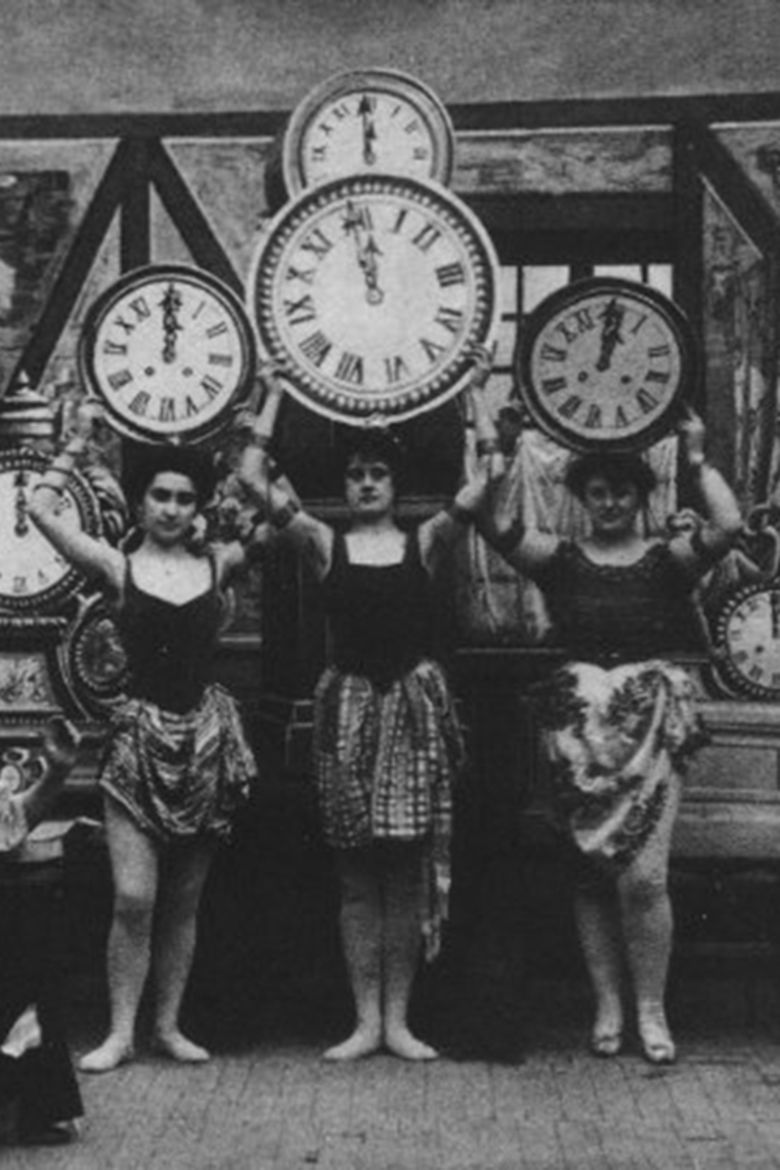Cinderella or the Glass Slipper
6.2 /10 1 Votes6.2
Director Georges Melies Duration Country France | 6/10 IMDb Genre Fantasy, Short, Romance Distributed by Pathe Language Silent | |||||||||||||||||||||||||||||||||
 | ||||||||||||||||||||||||||||||||||
Release date January 3, 1913 (1913-01-03) (France) Similar movies Pacific Rim , Paperman , The Artist , Mickey and the Beanstalk , Presto , The Living Playing Cards | ||||||||||||||||||||||||||||||||||
Cinderella or the Glass Slipper (French: Cendrillon ou la Pantoufle merveilleuse) is a 1912 French silent film directed by Georges Méliès, based on the fairy tale by Charles Perrault.
Contents
Production
Méliès had previously adapted Cinderella thirteen years earlier, in an 1899 film which had been his first big success. The 1912 Cinderella can be considered a remake of the earlier film; both are derived directly from the original Perrault tale.
The film was made in the summer and autumn of 1912. Louise Lagrange, who would later appear in many French and Hollywood films, plays one of Cinderella's sisters. In a conversation with the writers of a Centre national du cinéma publication, Essai de reconstitution du catalogue français de la Star-Film, she recalled Méliès's kindness and courtesy, as well as his meticulous diligence during the filming of special effects sequences. Prince Charming is also played by an actress. Méliès himself makes an appearance in the film as the Prince's messenger who searches for the owner of the glass slipper. The film features extensive use of outdoor location filming, a practice common in Méliès's later films. Special effects in the film were created using stage machinery, dissolves, and substitution splices.
Like all of the other films Méliès made in 1911 and 1912, Cinderella was made under the supervision of Charles Pathé for his studio Pathé Frères. After receiving Méliès's work, Pathé authorized the filmmaker Ferdinand Zecca to edit it. Zecca cut the film down to half the length Méliès intended, and is also probably responsible for adding the cross-cutting effects and medium shots seen in the film, as these devices are highly unusual in Méliès's style.
In 1944, Méliès's widow Jehanne d'Alcy claimed to the Cinémathèque française that Zecca had "massacred" the film, cutting out the best scenes, including one in which pumpkins race each other across a garden. D'Alcy asserted that the editing was deliberate sabotage, intended to ruin Méliès's career. This charge against Zecca was never proven, though the abrupt linear edits do suggest that Zecca's work extended to a reedit of the entire film.
Release and reception
According to December 1912 advertisements, the film scheduled for release on 3 January 1913. It was advertised as a féerie en 2 parties et 30 tableaux, d'après le chef-d'œuvre de Charles Perrault. It was not a success, partially because of the directorial conflict between Méliès, Zecca, and Pathé, and partially because Méliès's theatrical style had fallen out of fashion by 1912.
References
Cinderella or the Glass Slipper WikipediaCinderella or the Glass Slipper IMDb Cinderella or the Glass Slipper themoviedb.org
